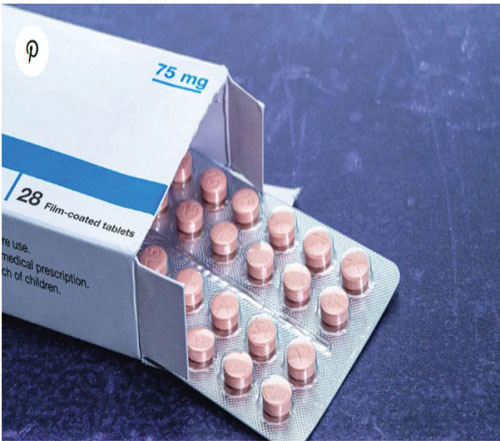Statins were first approved by the Food and Drug Administration (FDA) in 1987. Updated guidelines from the U.S. Preventive Services Task Force (USPSTF) suggest that statins benefit those ages 40 to 75 with at least one risk factor for cardiovascular disease.However, questions remain about who exactly can benefit from them.
Cardiovascular disease is the leading cause of death and disability globally, and there have been concerted efforts for decades to prevent and minimize its impact.
According to the World Health OrganizationTrusted Source, there were 17.9 million deaths from cardiovascular diseasesTrusted Source in 2019, representing 32% of all global deaths. Cardiovascular disease is also a leading cause of premature death, causing 38%Trusted Source of deaths before age 70.
Lifestyle interventions are important for preventing cardiovascular disease, with smoking, obesity, diabetes, lack of physical exercise, and excessive consumption of alcohol all increasing the risk of developing cardiovascular disease. Statins are also an important pharmaceutical option for lowering cardiovascular disease in people at risk. It was estimated that more than 173 millionTrusted Source people took statins in 2018.
Cholesterol and statin Evidence published in the journal The Lancet in 2010 shows that reducing low-density lipoprotein cholesterol by 1mmol/L with statins reduces the risks of ischaemic heart disease and stroke by 24% to 25%.
Statins reduce the risk of cardiovascular disease by lowering the level of low-density lipoprotein (LDL) cholesterol in the blood. Too much LDL cholesterol can build up as “plaques” in your blood vessels and narrow their diameter. Over time this narrowing can block blood flow to certain organs. If blood flow to the heart is blocked, it can cause a heart attack, and if it occurs in the brain, it can cause an ischemic stroke.
Statin use: Current recommendations Targeting the right patients with statins is key to gaining the most benefit. The U.S. Preventive Services Task Force (USPSTF) recently published its Recommendation Statement for Statin Use for the Primary Prevention of Cardiovascular Disease in Adults in the Journal of the American Medical AssociationTrusted Source (JAMA). The recommendations were both slightly more conservative but also very similar to existing recommendations by the American College of Cardiology (ACC) and the American Heart Association (AHA).










